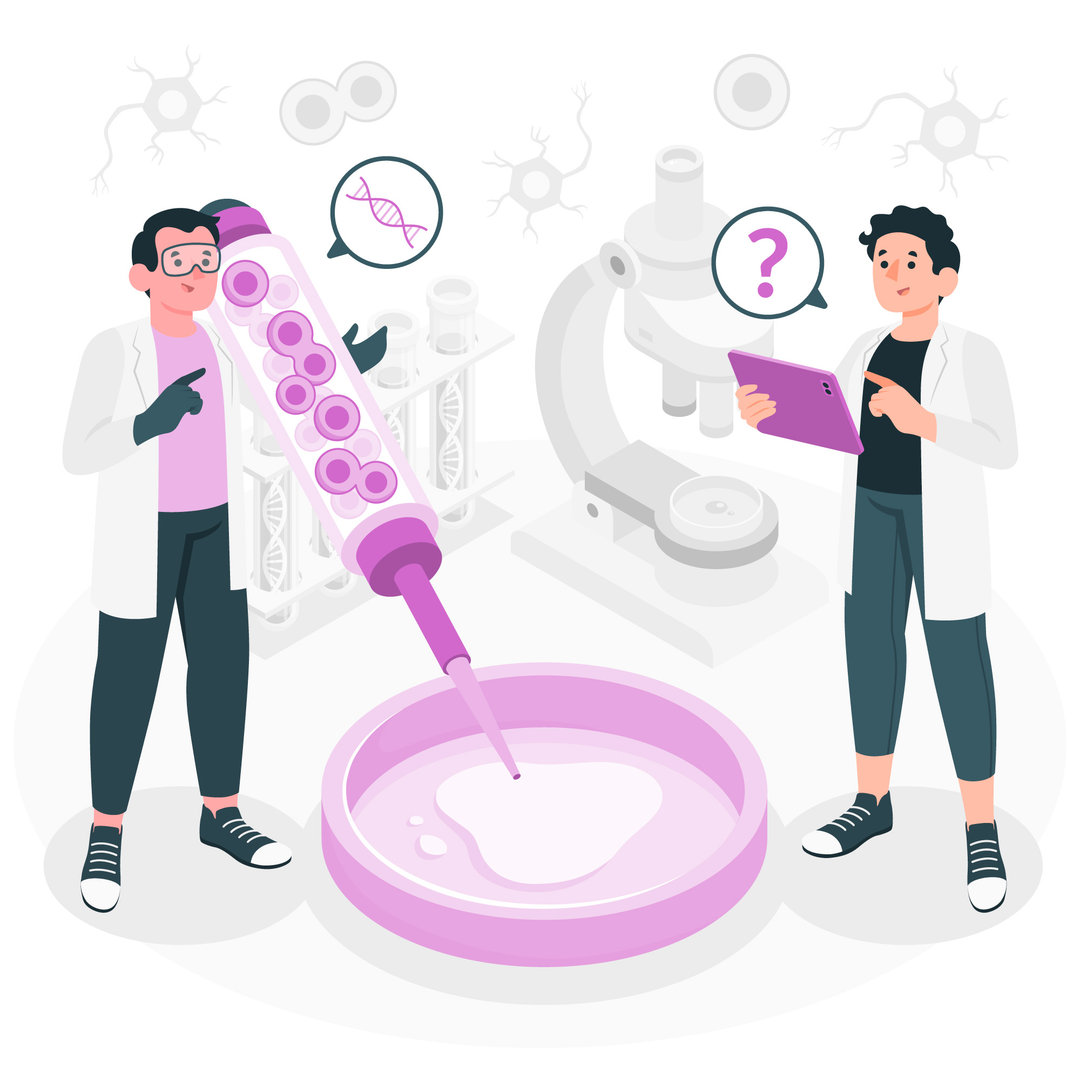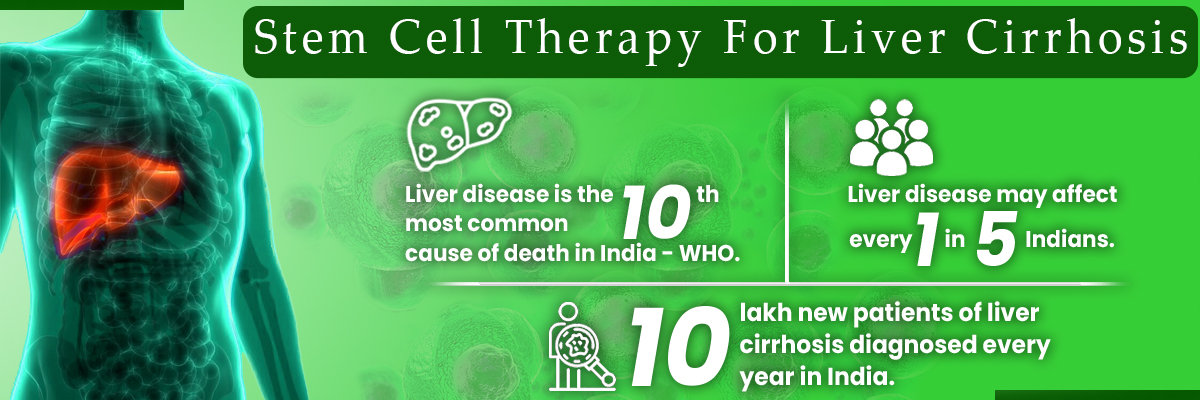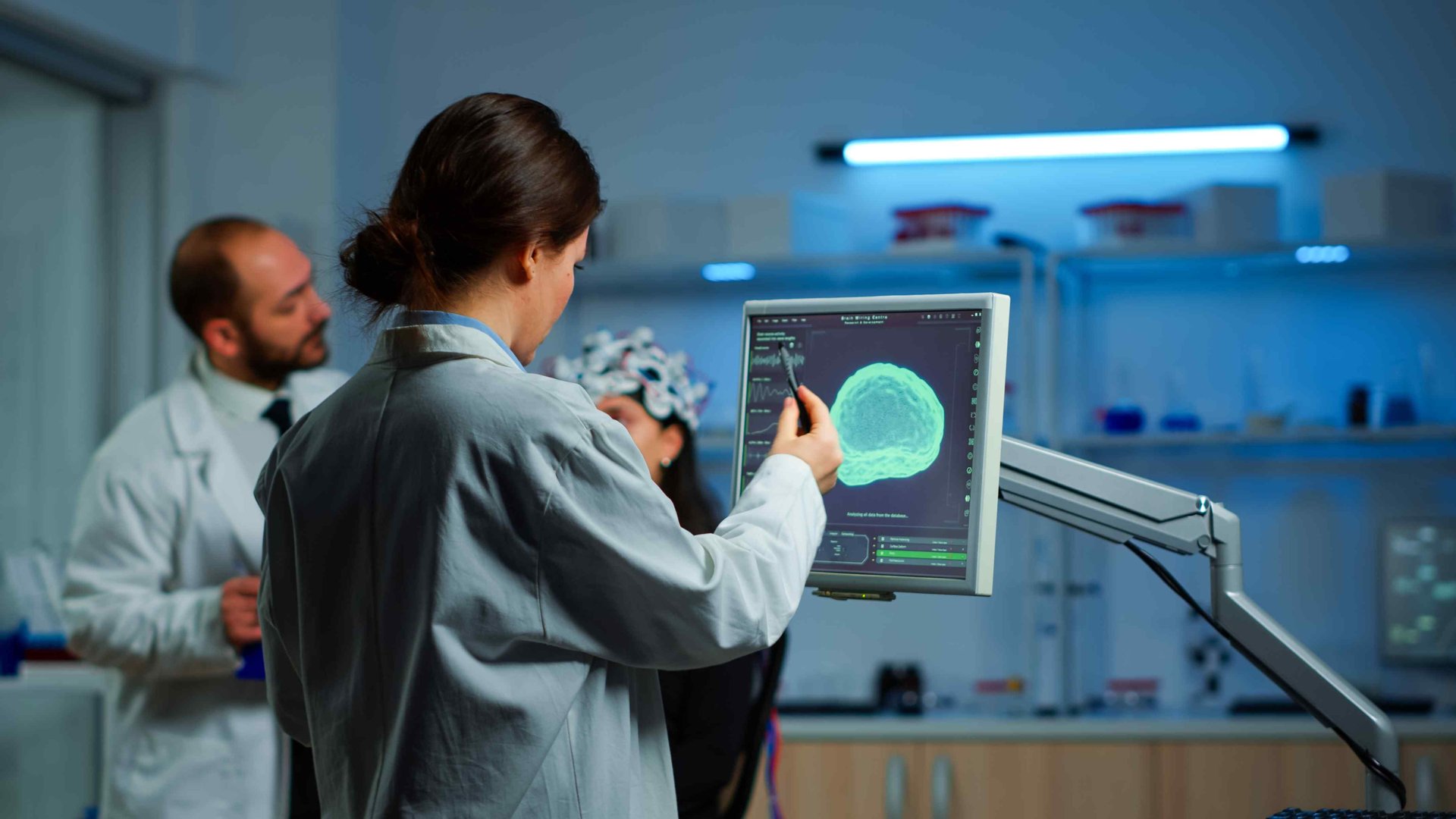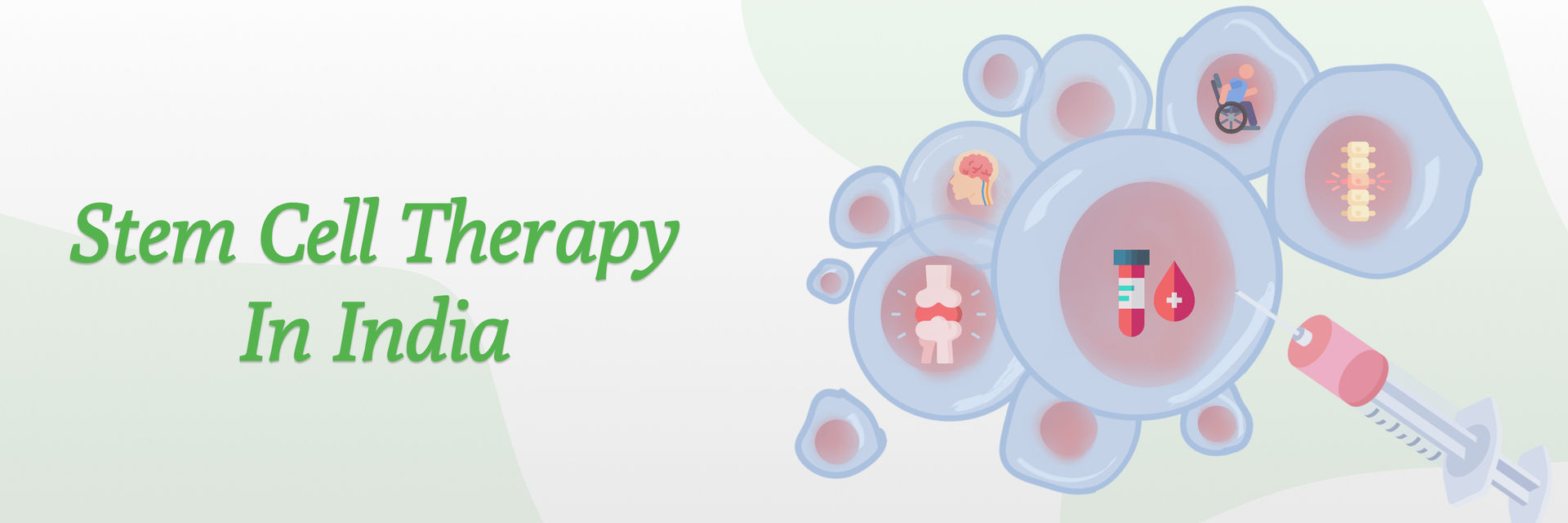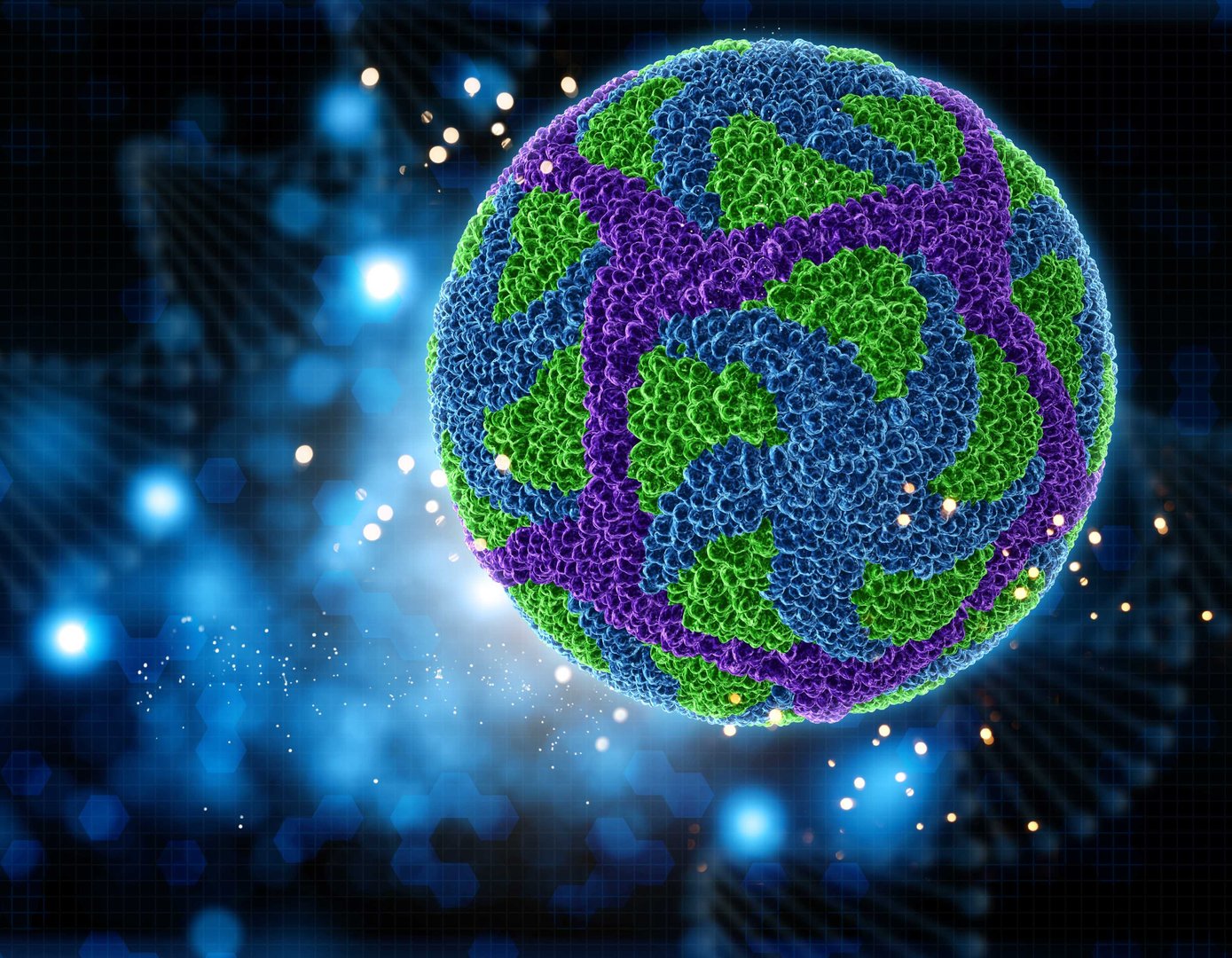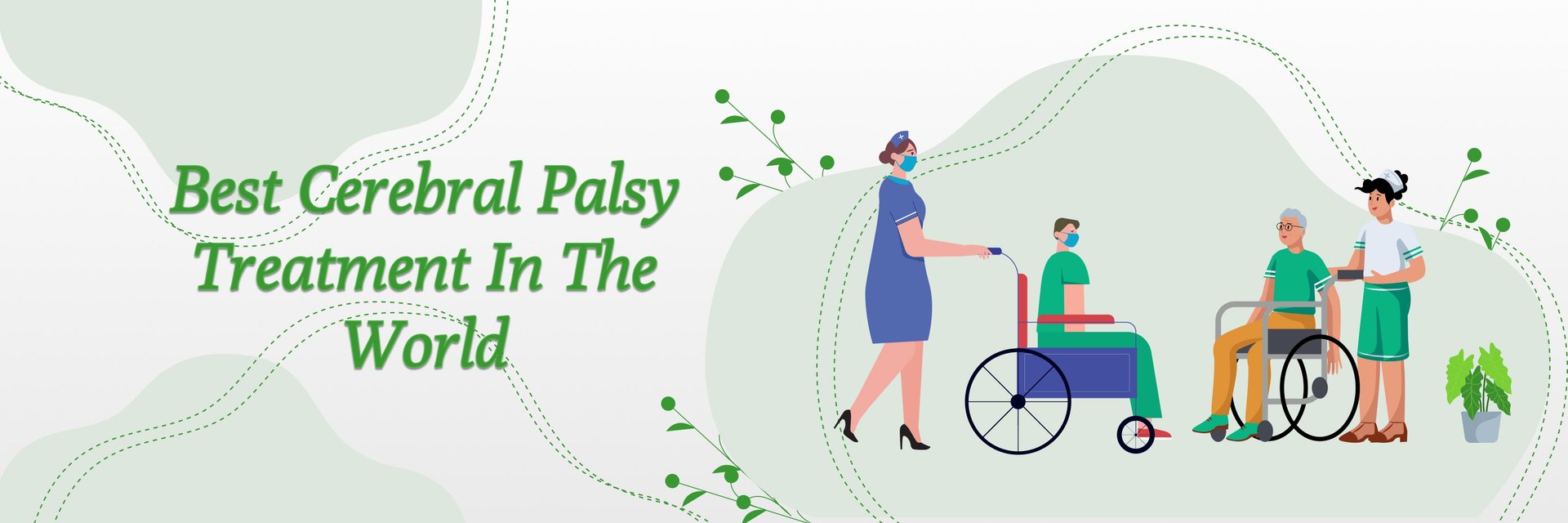Do You Know?
Degenerative disc disease (DDD) is a leading cause of chronic lower back pain, affecting millions globally. In India, the burden of DDD is rising steadily due to an aging population, sedentary lifestyles, and increasing obesity rates. This spinal condition not only limits mobility and impacts daily life but also adds to the country’s healthcare costs through loss of productivity, expensive surgical interventions, and long-term medication use.
Key Statistics on Degenerative Disc Disease in India
- A study published in the Journal of Orthopaedic Research reports that 30% of Indian adults suffer from degenerative spinal conditions.
- By the age of 60, up to 90% of people are affected to some degree.
Don’t let degenerative disc disease limit your quality of life - Book online doctor consultation and learn more about regenerative treatments for DDD in India.
How Does Stem Cell Therapy For Degenerative Disc Disease Work?
Stem cell therapy is emerging as a transformative solution for treating degenerative disc disease (DDD), a condition historically managed through painkillers, physical therapy, and spinal surgery. But can it actually reverse the damage?
While a complete reversal of disc degeneration may not be possible in all cases, stem cell therapy offers the potential to restore disc health by targeting the root causes of the condition rather than simply managing symptoms.
How It Works:
- Stem Cell Harvesting – Stem cells are collected from your own body (usually bone marrow or adipose tissue) or from a donor.
- Cell Processing – These cells are isolated, purified, and enriched in a lab to prepare them for therapy.
- Precision Injection – The stem cells are injected directly into the degenerated disc using imaging techniques like fluoroscopy.
- Regeneration Begins – The cells work to:
- Reduce inflammation
- Repair damaged tissue
- Stimulate new disc cell growth
- Improve disc height and hydration
Explore India’s Top Stem Cell Therapy Hospitals and consult with verified specialists to learn if stem cell therapy is right for your spine health.
Can Stem Cell Therapy Reverse Degenerative Disc Disease?
While complete reversal of degenerative disc disease (DDD) may not be possible in every case, stem cell therapy offers a powerful and promising approach to slow, repair, and potentially regenerate the spinal discs affected by degeneration.
What Makes Stem Cells Effective?
Mesenchymal stem cells (MSCs), commonly harvested from bone marrow or adipose tissue, are uniquely capable of:
- Regenerating damaged disc tissue by differentiating into disc-like cells
- Restoring disc function by rebuilding the extracellular matrix that provides cushioning between vertebrae
- Providing long-term pain relief by addressing the root cause rather than just managing symptoms
Clinical Evidence Supporting Stem Cell Therapy for DDD
Research and clinical trials have shown that stem cell therapy can deliver measurable improvements in patients with DDD:
- Reduced Lower Back Pain:
Patients report significant decreases in pain scores following MSC injections, often eliminating the need for pain medications. - Improved Disc Height:
MRI and imaging studies have shown that treated discs regain height and hydration—crucial indicators of disc recovery and function. - Enhanced Mobility:
By restoring disc function, stem cell therapy helps patients regain movement, flexibility, and overall quality of life.
Discover the Future of Spine Health with Stem Cell Therapy - Schedule a consultation today and take the first step toward long-lasting relief and a healthier spine.
What Does the FDA Say About Stem Cell Treatments for Degenerative Disc Disease?
Stem cell therapy for degenerative disc disease (DDD) shows promise in relieving chronic back pain by regenerating damaged spinal discs. However, in the USA, this treatment is still considered experimental and has not received FDA approval. The FDA emphasizes the need for clinical trials and evidence-based practices.
In India, stem cell treatments are regulated by the Indian Council of Medical Research (ICMR) and the Central Drugs Standard Control Organization (CDSCO). While many clinics offer stem cell therapy for DDD, patients should ensure the treatment is part of an approved clinical trial and conducted by licensed professionals.
Advantages of Stem Cell Therapy for Degenerative Disc Disease Over Traditional Treatments?
When it comes to treating Degenerative Disc Disease (DDD), patients often face a choice between traditional treatments like medications and surgery, or advanced regenerative options like stem cell therapy. Below is a detailed comparison to help you understand why stem cell therapy is gaining momentum as a preferred treatment option.
Feature | Traditional Treatments | Stem Cell Therapy |
| Invasiveness | Often involves major surgery like spinal fusion or disc replacement | Minimally invasive injection-based procedure with less trauma to the body |
| Recovery Time | Long and painful recovery with physical therapy required for months | Faster recovery, most patients resume activities within weeks |
| Target Root Cause | Focuses on symptom management (e.g., painkillers, steroids) | Regenerative approach—targets and heals the damaged disc tissue |
| Risk of Complications | Higher risks such as infection, nerve damage, or implant issues | Lower risks due to non-surgical nature and use of body’s own cells |
| Pain Relief | Temporary relief; may return after stopping medication or due to failed surgery | Long-lasting pain relief due to actual tissue regeneration |
| Tissue Regeneration | No regeneration—only manages pain or replaces damaged parts | Encourages natural disc regeneration using mesenchymal stem cells |
Looking for a more effective and minimally invasive solution to degenerative disc disease? Visit ClinicSpots to learn more about cutting-edge stem cell treatments that offer lasting relief without the downsides of surgery or long-term medication.
Who is Eligible for Stem Cells for Degenerative Disc Disease?
Stem cell therapy for degenerative disc disease (DDD) offers a regenerative, non-surgical solution to chronic back pain. However, not everyone qualifies for this advanced treatment. Understanding the eligibility criteria can help determine if this cutting-edge approach is right for you.
Key Eligibility Criteria
- Severity of Disc Degeneration
Patients with mild to moderate DDD are usually ideal candidates. If the spine has severe disc collapse or deformities, other treatments like surgery may be more suitable.
- Age and Overall Health
Younger patients and those in good general health respond best to stem cell therapy. Older adults or individuals with chronic conditions may experience varied results.
- History of Previous Treatments
If you've tried conservative treatments—like pain medications, physical therapy, or corticosteroid injections—without lasting relief, stem cell therapy could be a viable next step.
- Absence of Disqualifying Conditions
Patients must not have active infections, cancer, bleeding disorders, or autoimmune diseases, as these can interfere with stem cell effectiveness and safety.
What to Expect after Stem Cell Therapy for Degenerative Disc Disease?
After undergoing stem cell therapy for degenerative disc disease, most patients experience gradual improvement in symptoms such as chronic lower back pain, restricted mobility, and poor quality of life. The healing process is not instant but unfolds over time as the stem cells work to repair and regenerate damaged spinal discs.
Recovery Timeline & Progress
Recovery and noticeable benefits can vary from person to person, but many patients begin to feel relief within a few weeks. Maximum results typically appear between 3 to 12 months post-treatment, depending on:
- The severity of disc degeneration
- The patient’s overall health
- Adherence to post-treatment care guidelines
During this period, it’s essential to:
- Avoid strenuous physical activity
- Attend follow-up appointments
- Follow dietary and lifestyle recommendations provided by your doctor
Side Effects of Stem Cells for Degenerative Disc Disease
Common Side Effects of Stem Cell Injections for DDD
Stem cell therapy is generally well-tolerated, but some mild, temporary side effects may include:
- Pain at the Injection Site: Mild discomfort or soreness at the site of the stem cell injection is common and usually subsides within a few days.
- Swelling and Bruising: Slight swelling or bruising around the treated area can occur but typically resolves without intervention.
- Infection Risk: Though rare, infection is a possible complication. This risk is significantly minimized when the procedure is performed by experienced spine specialists in a sterile clinical setting.
- Allergic Reactions: Some patients may experience allergic reactions to substances used during the procedure, such as local anesthetics or preservatives.
Less Common Side Effects
- Bleeding at the Injection Site: Particularly for patients on blood thinners, there is a minor risk of bleeding.
- Nerve Damage: If the injection is not precisely administered, it could affect surrounding nerves, potentially causing numbness, tingling, or weakness. This highlights the importance of choosing a qualified orthopedic or spine specialist.
- Immune Response: In rare cases, especially with donor (allogeneic) stem cells, the body might mount an adverse immune reaction.
Rare but Serious Risks
- Tumor Formation: Although extremely rare, there is a theoretical risk that improperly prepared or unregulated stem cells could contribute to abnormal tissue growth or tumor development. This is why it's critical to undergo therapy in ICMR-regulated and CDSCO-approved stem cell clinics in India.
Conclusion
Stem cell therapy offers a promising, minimally invasive alternative for managing degenerative disc disease by targeting the root cause—damaged spinal discs. While still under clinical evaluation, early results show potential for pain relief, improved mobility, and disc regeneration. If you're exploring advanced options beyond surgery or long-term medication, stem cell therapy may be the future of spine care.
References:
https://www.ncbi.nlm.nih.gov/pmc/articles/PMC10219191/
https://stemcellthailand.org/therapies/degenerative-disc-disease-ddd/
